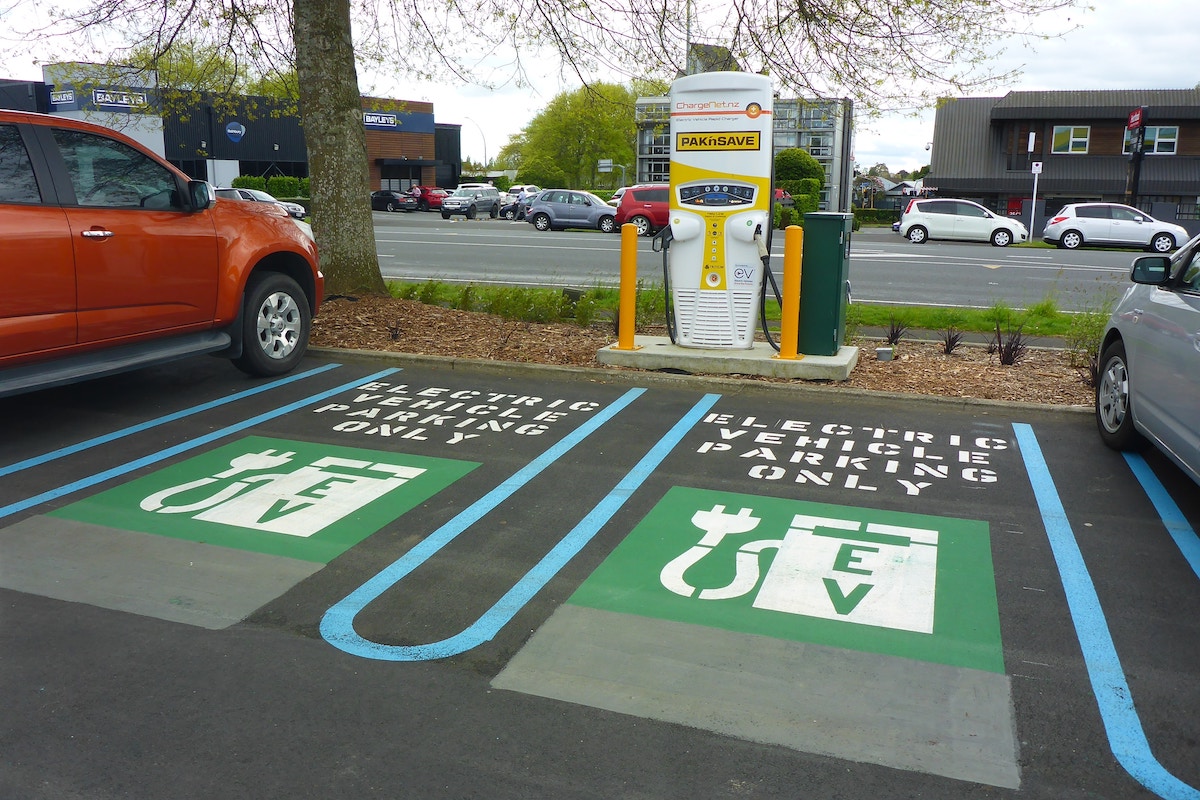
“The right scale for action is the city and territory. States cannot fight this battle alone.” Anne Hidalgo, Mayor of Paris summed up in a few words, the powerful drive towards decentralizing environmental governance to city decision-making centers. With air pollution said to be responsible for more than 3 million deaths per year worldwide, cities no longer have any qualms about bypassing national governments, often powerless when it comes to imposing necessary ecological measures. A symbol of the emergence of “decarbonized” urbanity, electric mobility is now becoming a central political and economic issue. Looking at everything from “gas bans” to 100% electric fleets, and laboratory towns, Leonard reviewed a selection of often promising and sometimes-divisive initiatives.
Will “gas bans” become the norm?
For cities, the ban on combustion engines has sent a strong signal. The Fossil Fuel Free Streets Declaration, drafted by the C40 network, has already been signed by major cities such as Paris, Milan, Rome, Madrid or Los Angeles. Most of the metropolises involved have pledged to completely ban combustion engines by 2030. Others are already on their heels, with commitments varying in structure and timeline. In France, Orléans wants to be the first city to have a 100% electric bus network, with a target date of 2026. In Oxford, the end of thermal vehicles is expected to cost 7 million pounds, and be enabled by the use of number plate recognition technologies. London is rolling out a pragmatically-designed operation called “zero-emission street” to test the effects of a ban. In a more extreme approach, various “laboratory city” initiatives are supposed to measure the effects of decarbonized mobility. This is the case with Woven City, the city of the future presented by Toyota at CES 2020, to be built at the foot of Mount Fuji and focus on hydrogen and soft mobility.
These transitions often entail a complete overhaul of the energy mix, in favor of electricity. They also raise the question of electrical sources. Today, no major city can boast 100% renewable operations. Mid-sized cities such as Burlington in the US should be looked at as an exemplary model. With a combination of biomass, solar, wind and hydropower, the Vermont city is one of the first in the world to no longer be reliant on fossil fuels.
Supporting the transition
Before a complete changeover can be made, cities will have to remove barriers to use, overcome technological obstacles, and halt any existing power struggles. The staggering amounts at stake have shaken the “pro-gas” players out of their slumber, and sparked them to form a counter-attack. In California, an association of fossil fuel stakeholders – Partners for Energy Progress – is organizing the “anti-ban” lobbying initiative sustained by a $1 million press relations campaign. In England, the Society of Motor Manufacturers and Traders has condemned the Government’s haste and lack of a clear plan. As for Paris, where the implementation of the Crit’air stickers is already criticized as an impingement on freedoms, it can be safely said that a total ban on combustion-powered vehicles will not go unchallenged.
At the level of the local authorities, the main challenge will be to support individuals and professionals in the transition. As such, the issue of batteries is exemplary. While they account for nearly 30% of the final value of an electric vehicle, the vast majority are manufactured in China. Faced with such a commercial imbalance, the implementation of an “Airbus-style consortium for batteries” awakens hope for a more level playing field… As to individual owners, the main support mechanisms remain economic incentives. The City of Paris, for instance, offers subsidies for purchases of electric two-wheelers and benefits to those who turn away from their personal vehicle in favor of “low-impact mobility”. Not sure that will be enough!